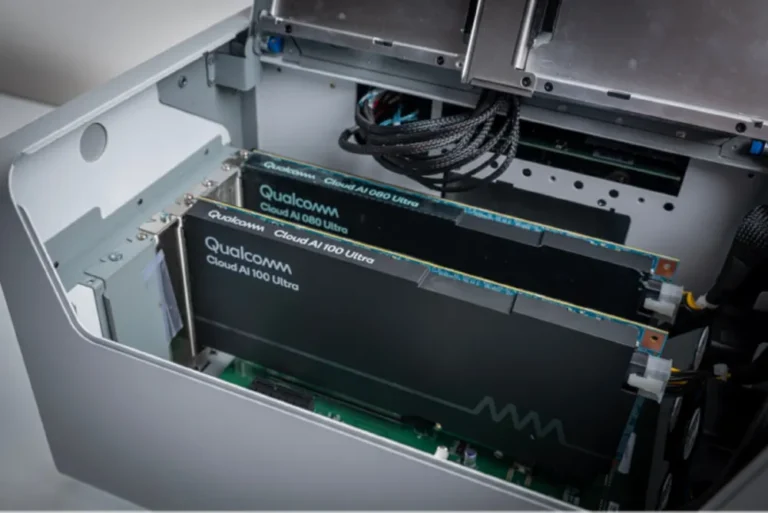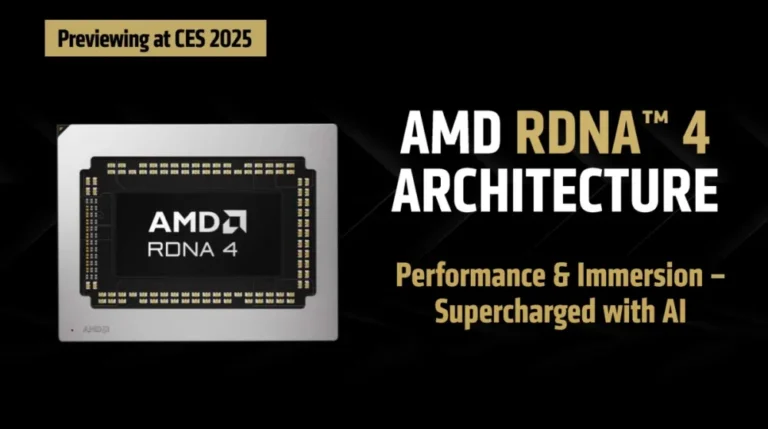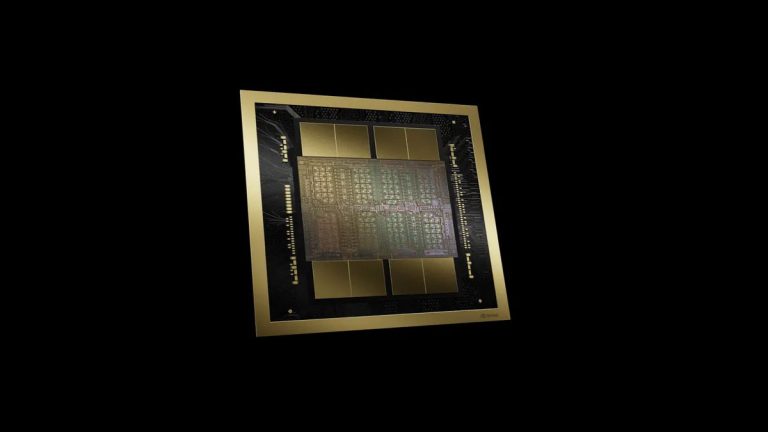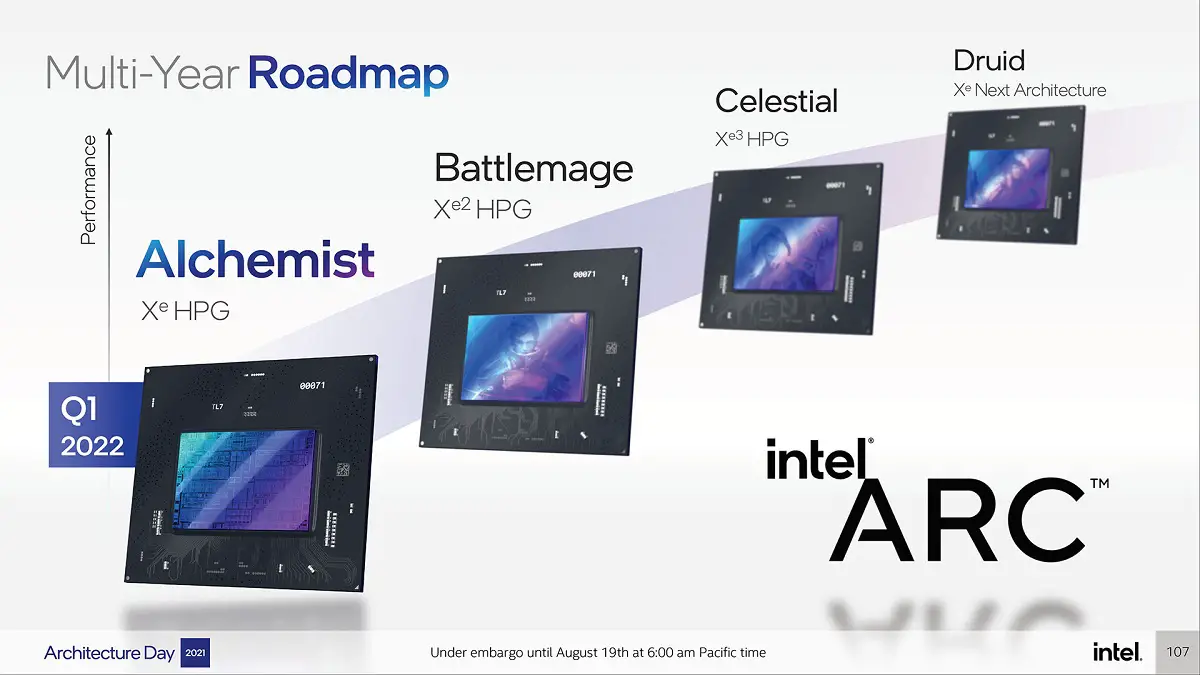
Recent information about the next-generation Battlemage discrete graphics card has been increasingly prevalent. Intel has already listed design tools for the BMG-G31 chip on its official website. Additionally, a shipping list of Battlemage test samples has been discovered, suggesting that the new graphics card is undergoing active cooling module testing.
According to DigiTimes, Intel has selected TSMC’s 4nm process for Battlemage’s manufacturing, a significant improvement over the 6nm process used for Alchemist. This advancement in transistor density, performance, and energy efficiency will allow the new generation of GPUs to be equipped with more Xe cores, combined with higher IPC, frequencies, and other features, thus delivering enhanced performance.
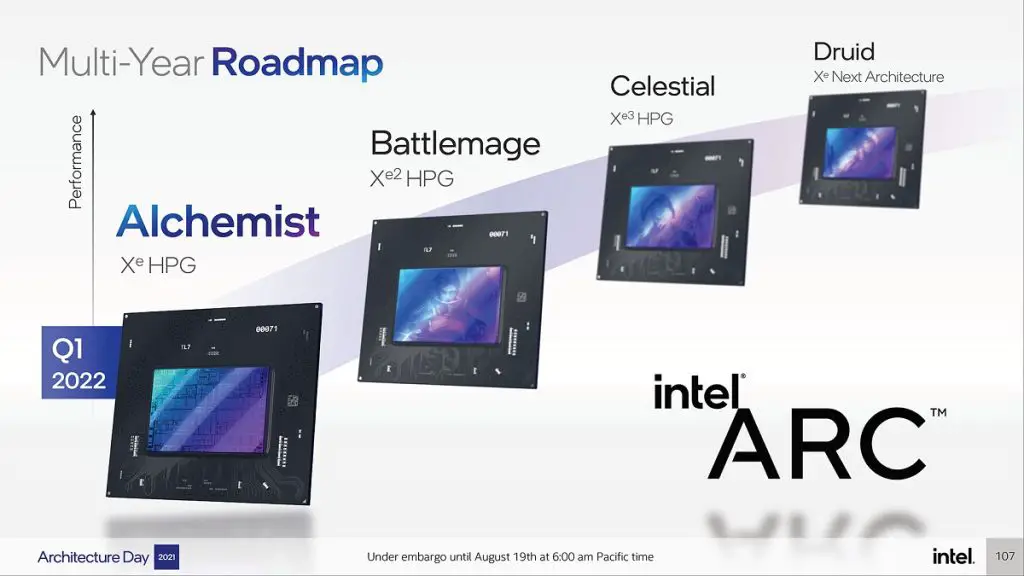
In addition to the Xe2-HPG architecture for discrete graphics cards, Battlemage also includes the Xe2-LPG architecture for integrated graphics, simplifying driver development, reducing costs, and enhancing compatibility. Notably, the integrated graphics of the Lunar Lake series will first adopt the Xe2-LPG architecture. Interestingly, the GPU modules of these Core Ultra 200V series processors will use TSMC’s more advanced 3nm process, superior to that of discrete graphics cards.
It is understood that the BMG-G31 should be the largest chip in the Battlemage series, expected to have 32 Xe cores, while the BMG-G21 will be reduced to 20 Xe cores. The originally planned BMG-G10, with 28 Xe cores, has been canceled. However, Intel has not yet disclosed the scale and performance of these GPU chips. Nevertheless, the previously leaked shipping list included the BMG-G10, corresponding to 448 EUs, utilizing an 8-layer PCB, with a 256-bit memory bus and 16GB of GDDR6(X) memory, rendering the Battlemage product line configuration a mystery.
The latest news indicates that the release date for Battlemage might be delayed from the end of 2024 to early 2025.
